
Weed and the Valley.
Lured by the promise of Malana Cream reputedly the world's best hashish, westerners flock to the weed villages of Grahan, Kasol & Malana in India's Parvati Valley, many are never seen again.

Video: Remote Hidden Weed Village in India.
"We say "see 'y later bro" and he continues to follow us!"

Ancient Origins
This is how devotees of the Hindu deity Kali who demands human sacrifice act, they fall in with bona fide travelers who can't shake them off then when night comes they ritually murder the lot.
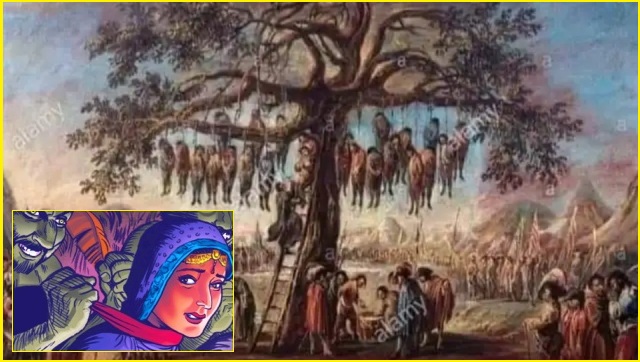
The Brits carried out a campaign against them in the 1800's and hanged somewhere around 460 which hardly dented their numbers, the ones who were hanged were identified as killers by members of their group who subsequently "got off," while many of the killing groups were composed of members of the ruling class. One of the hanged men expressed remorse that his tally of somewhere over 700 kills, was to remain well short of his father's tally of over 900.
It would be naive to think the Kali cult is inactive and doesn't still carry out killings, each month nearly 65,000 men, women & children go missing in India, which translates to some 2,100 disappearances every day. Missing Indians. The British heard evidence that many mainstream Hindus take part in at least one Kali inspired massacre as part of their "coming of age" ceremony, thus the killing mindset crosses all lines and encompasses all social distinctions the Moslems no less .. means you should watch yr back at all times.
It would be naive to think the Kali cult is inactive and doesn't still carry out killings, each month nearly 65,000 men, women & children go missing in India, which translates to some 2,100 disappearances every day. Missing Indians. The British heard evidence that many mainstream Hindus take part in at least one Kali inspired massacre as part of their "coming of age" ceremony, thus the killing mindset crosses all lines and encompasses all social distinctions the Moslems no less .. means you should watch yr back at all times.

The Indian Town Where Tourists Vanish.
In the video example western style Europeans en route to a renowned hashish distribution center would be sure to have at least moderately large sums of money in their possession, the practiced Kali killers are in it for the dough and routinely choose well heeled victims. More than 20 foreigners have gone missing in the Parvati Valley where the weed villages of Grahan, Kasol & Malana are located between 2006 & 2016.
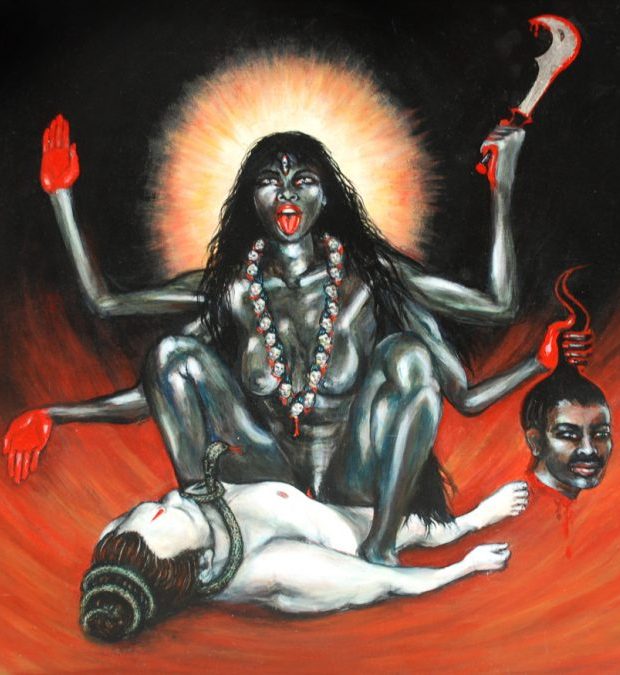
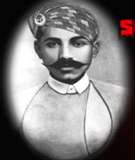
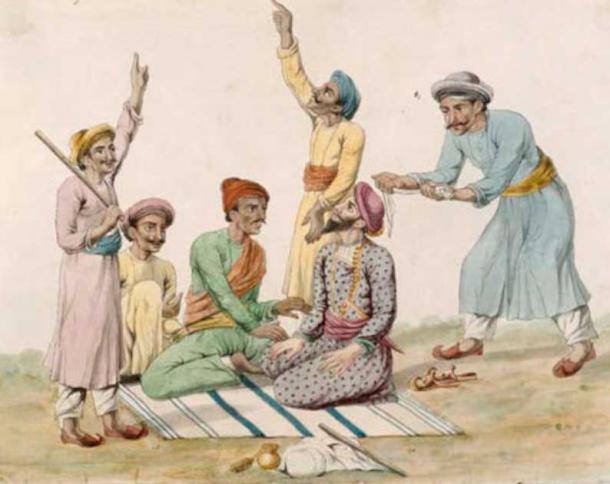
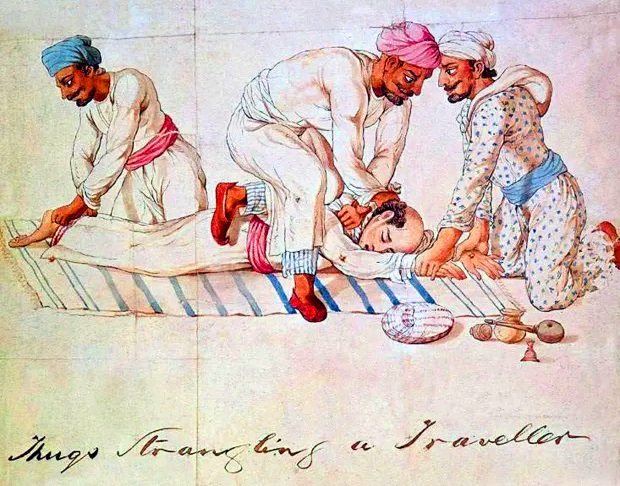

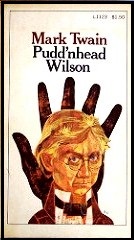
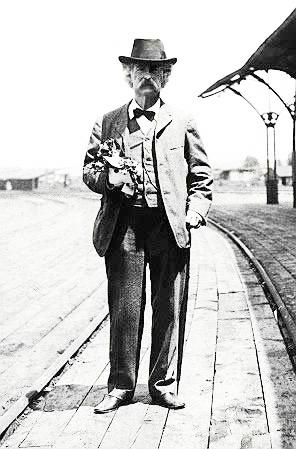
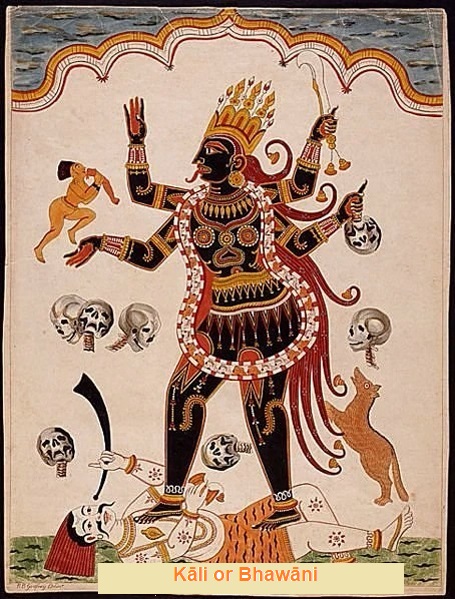

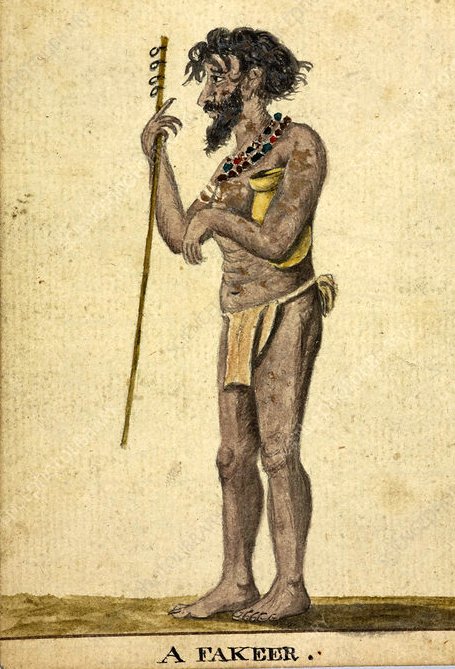
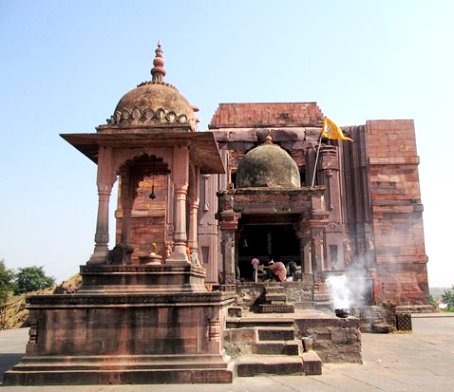 [
[
Comment